Haptics in XR, Apple’s Hand Tracking and DIY Haptics Peripherals
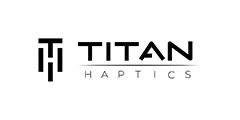



Akin to a tree falling down in the forest with no one around to hear it—if you can't touch what you see, does that even make it real?
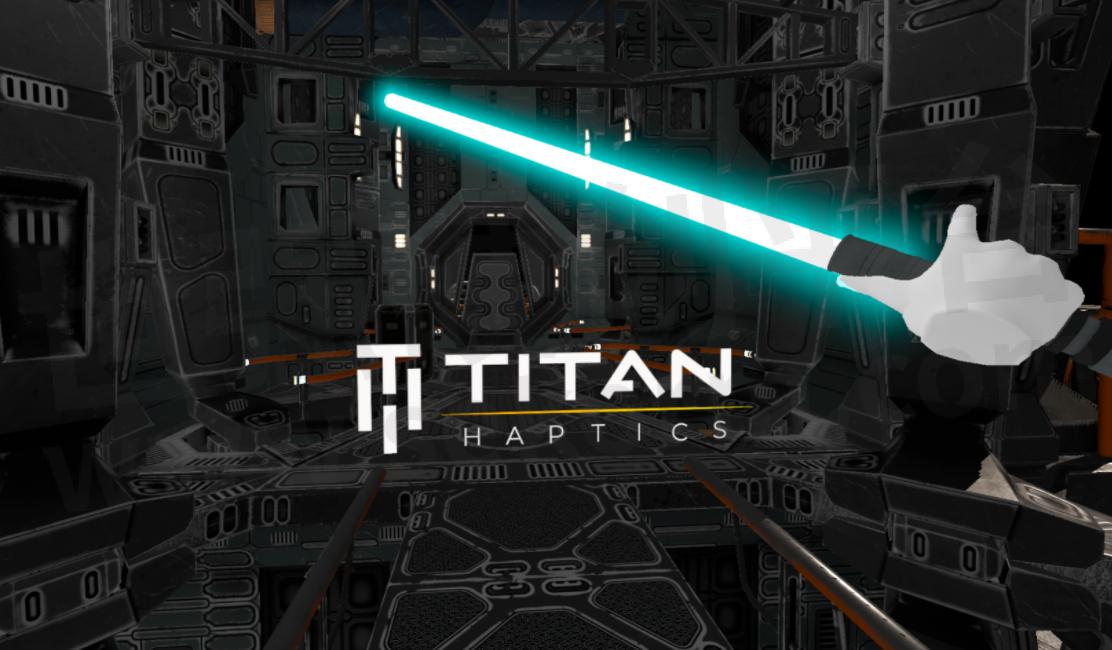
The rapidly evolving landscape of Extended Reality (XR) is marked by emerging technologies that increasingly blur the lines between the physical and digital.
History shows that haptics has been an integral part of gaming, VR and XR. Haptic feedback helps augment the immersive experiences, enhancing overall realism and engagement in virtual worlds.
With major announcements like Apple's new Vision Pro, which forgoes controllers entirely, users are understandably more curious as to the future direction of the XR industry. Thankfully, it doesn't necessarily mean that the realism we've developed is lost if we fully rely on hand tracking.
Historically
Industry leaders like Sony, Meta, and Oculus have each launched their own XR devices, with each new model improving upon the existing technology. Most XRs typically follow a similar structure, consisting of a headset and two controllers (or in the case of Sony's newly-announced, as-of-yet-unnamed MR headset, a controller and a ring).
Aside from that, many VR games in the market are meticulously designed for controller-based interactions. It can be argued therefore that a lot of the games may now require adaptation to maintain the same level of engagement with hands-only tracking.
Hand Tracking Only
However, Apple's initial venture into extended reality, the Vision Pro, deviates from this norm by choosing to forgo controllers and instead fully rely on hand tracking. This development raises a lot of questions about the implications of this in our existing technologies, the impact on future technologies, the direction of the XR landscape, and the possibility of coexistence between the two approaches.
Meta, who also employs the hand tracking feature in their Quest devices, claims that hand tracking reflects a stride towards more natural and intuitive interaction (source). But a full reliance on hand tracking for XR experiences means that we lose the third realm—our sense of touch—in these digital experiences.
High-profile VR enthusiasts such as Denny Unger from Cloudhead Games have been vocal about the need for haptics and tactility in the digital sphere, arguing that haptics enhances the depth of engagement for a more immersive experience.
Flexible Use-Case Specific Form Factors
The question now, therefore, is how do we bridge this gap between intuition and realism? What about the information and feedback we used to get from the vibration in our controllers?
DIY haptic peripherals can be a solution.
By creating custom, cost effective peripherals with vibration motors and sensors, and integrating them with hands-only tracking, users can enjoy the benefits of more natural and intuitive interactions while still experiencing the tactile feedback that is crucial for immersion.
An example of a DIY Haptic Peripheral is the Haptic Saber Experience created by BSDXR. Utilizing a TITAN Core Haptics Dev Kit, BSDXR designed a 3D-printed saber hilt capable of providing haptic feedback. When connected to an XR device, the user can actually feel the distinctive hum of the blade within VR.
Imagine the same principle in other use cases. The impact of the ball on your racket in a VR Tennis simulation for example, or the feel of a brush stroke when painting within XR. The shift to hand tracking doesn't mean that we lose the tactile aspect of our digital experiences completely—in reality, it's entirely possible for the two to exist simultaneously.
As we anticipate the release of Apple's headset, the intersection of hands-on interaction and haptic feedback opens up both exciting possibilities and challenges for the XR community. DIY haptic peripherals present an accessible option to merge the benefits of both worlds, ensuring users can enjoy a rich and immersive experience regardless of the interaction paradigm. We can only wait and see what else it is the future of XR holds.
- |
- +1 赞 0
- 收藏
- 评论 0
本文由Vicky转载自TITAN HAPTICS News,原文标题为:Haptics in XR, Apple’s Hand Tracking, and DIY Haptics Peripherals,本站所有转载文章系出于传递更多信息之目的,且明确注明来源,不希望被转载的媒体或个人可与我们联系,我们将立即进行删除处理。
相关推荐
TITAN Haptics采用最新触觉技术以实现绝佳性能和用户体验,优化产品设计和提高市场竞争力
在这个由技术驱动的科技创新时代,需要不断与各种电子设备互动。触觉肯定会成为我们未来生活和工作的重要部分,并且把虚拟世界从视觉扩展到触觉体验。TITAN Haptics的目标之一是积极分享更多触觉技术、信息和资源,促进其融入日常生活。
原厂动态 发布时间 : 2024-05-31
震动马达技术革新引领智能工具、智能家居与VR新触觉革命:全新主动触觉系统如何颠覆交互体验
TITAN Haptics的触觉电机在驱动电子方面具备高度灵活性,这意味着可以通过简单的H桥或D类音频放大器进行控制,从而有效降低系统的总体成本,无需使用昂贵的专业集成电路(IC)。
原厂动态 发布时间 : 2024-01-19
TITAN Haptics at Consumer Electronics Show (CES) 2024 in Las Vegas, Nevada
Held from January 9-12, 2024, TITAN Haptics will be showcasing TITAN Haptics‘ latest haptic technologies, development tools, and reference designs. You’ll be able to feel the force with the world’s first HD Haptic light saber, plus take a sneak peek at some of the haptic wearables and all-new haptic developer tools.
原厂动态 发布时间 : 2024-01-02
【电机】TITAN HAPTICS Drake马达外观小巧轻便,振动力相比Carlton增强25% ∣视频
本视频介绍TITAN的Drake系列马达产品,采用TITAN专利的第二代线性磁悬浮技术,外观小巧轻便,尺寸更精巧、振动力相比Carlton增强25%、功率密度相比Carlton增加320%。
产品 发布时间 : 2023-09-26
Bluetooth Module Allows Players to Enhance Their Gaming Experience with Augmented Reality and Virtual Reality
This article aims to explore in depth the application of Bluetooth modules in wireless gaming devices and analyze their profound impact on the gaming industry.
技术探讨 发布时间 : 2024-09-30
【电机】TITAN HAPTICS首款DRAKE触觉马达,以微小体积实现强大冲击力,提供高达320%功率密度及4.5克振动强度
DRAKE触觉马达系列开创了多项先河,每一款电机单元均采用全密封设计,并细分为四种不同性能版本:通用宽带型(MR),适用于音乐和低音震动反馈的低频共振版(LR),针对警报提示与纹理模拟优化的高频共振版(HF),以及专为生成锐利冲击触感而设计的LFi版本。
产品 发布时间 : 2024-01-22
东佳电子(Koshin)KOAS高分子导电性固态电容器选型指南
目录- Application Guidelines Part Number System Packing Specifications KS Conductive Polymer Aluminum Solid Capacitors KU Conductive Polymer Aluminum Solid Capacitors KP Conductive Polymer Aluminum Solid Capacitors KL Conductive Polymer Aluminum Solid Capacitors KW Conductive Polymer Aluminum Solid Capacitors KH Conductive Polymer Aluminum Solid Capacitors VR Conductive Polymer Aluminum Solid Capacitors VT Conductive Polymer Aluminum Solid Capacitors VX Conductive Polymer Aluminum Solid Capacitors KM Conductive Polymer Aluminum Solid Electrolytic Capacitors VM Conductive Polymer Aluminum Solid Electrolytic Capacitors VH Conductive Polymer Aluminum Solid Electrolytic Capacitors
型号- KL,VX,KM,KP,KS,KU,KW,VH,KU-2R5V821MF125-T/A5.0,VM,VR,KH,VT
【电机】TITAN HAPTICS采用固态磁悬浮技术的马达Carlton系列,尺寸大至15*34.3mm ∣视频
本视频介绍了TITAN的carlton系列马达,Carlton系列是TITAN尺寸最大,重量最重,冲击峰值和标准峰值加速度都最强的一款标准品。
产品 发布时间 : 2023-09-26
Kinglight XR Series & 1515RGBW LEDs for LED Virtual Production
With the continuous development of LED technology, there are more and more LED displays being used for virtual production. Behind the popularity of LED virtual production, high quality LEDs designed for virtual production contribute the utmost. They ensure vivid display of realistic background, which is the foundation of virtual production. Let’s explore more about the topic from the development of film production, to the technical requirement over LEDs for virtual production, and take a look at Kinglight XR series and 1515RGBW LEDs for virtual production.
产品 发布时间 : 2024-05-25
【电气】TITAN Haptics推出首款触觉马达TacHammer DRAKE,4.5Grms振动,体积小,威力大
2022年3月30日——获奖的触觉科技初创企业TITAN Haptics今天宣布推出其TITAN Haptics品牌下的首款触觉马达TacHammer DRAKE,这是一款新型的、紧凑的、大小如胶囊的宽带触觉马达。适用于游戏、虚拟现实和音乐,TITAN Haptics最小、功率密度最高的宽带触觉马达提供10-300 Hz频率响应和4.5Grms振动。
新产品 发布时间 : 2023-06-08
【经验】采用4引脚封装的SiC MOSFET : SCT3xxx xR系列之采用4引脚封装的原因
ROHM最近推出了SiC MOSFET的新系列产品“SCT3xxx xR系列”。SCT3xxx xR系列采用最新的沟槽栅极结构,进一步降低了导通电阻;同时通过采用单独设置栅极驱动器用源极引脚的4引脚封装,改善了开关特性,使开关损耗可以降低35%左右。此次,针对SiC MOSFET采用4引脚封装的原因及其效果等问题,产出了本系列文章,本文是第一篇:采用4引脚封装的原因。
设计经验 发布时间 : 2020-04-28
VR眼镜用的是哪种电池?
VR,中文名称是虚拟现实。VR眼镜是由虚拟头显发展过来,入门级的VR仅仅是一个外壳再加上镜片以及特殊处理过的视频就可实现。但是稍微高级一点的VR眼镜则需要电池作为动力支撑,那么VR眼镜用的是哪种电池呢?
技术探讨 发布时间 : 2024-04-17
TITAN Haptics创新阵列技术引领震动马达集成触觉新突破,通过聚合效应增强整体功率输出
这套先进的触觉反馈装置由一系列精心设计的DRAKE微型马达构成,旨在通过聚合效应增强整体功率输出,并能够灵活适应多样化的外形尺寸要求。综上所述,TITAN集群触觉阵列电机凭借其独特的设计优势和强大的自适应能力,为元器件工程师在有限空间内实现高性能、高定制化的触觉反馈组件设计开辟了新的可能性。
应用方案 发布时间 : 2024-01-22
电子商城

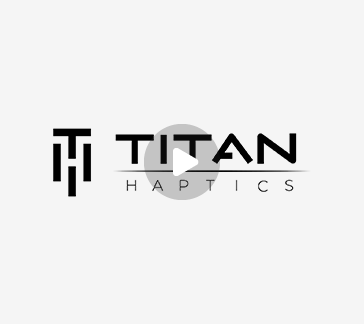

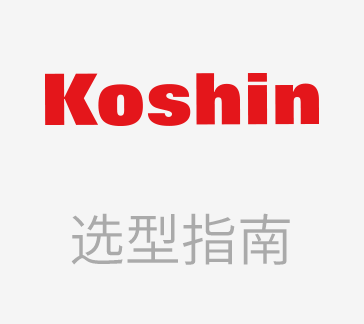

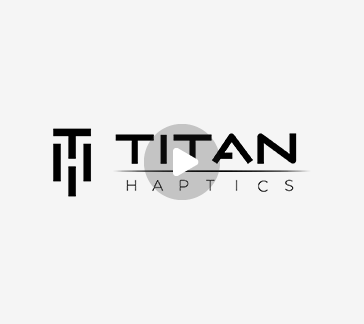
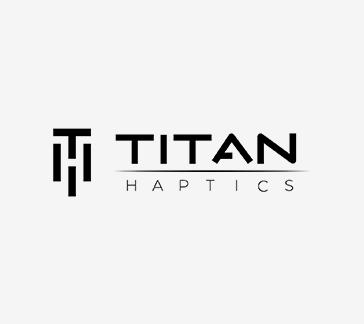
























































































































































































登录 | 立即注册
提交评论